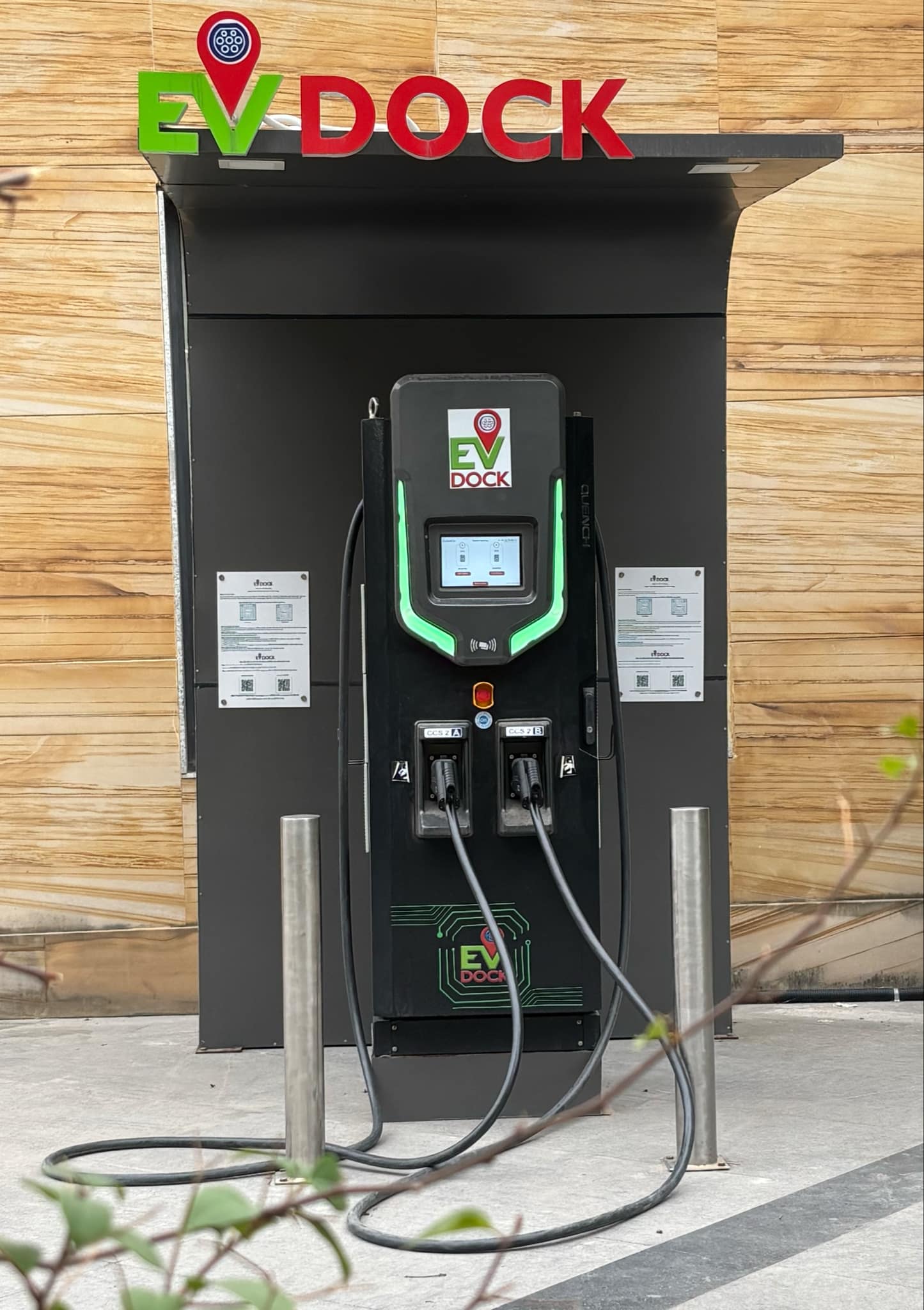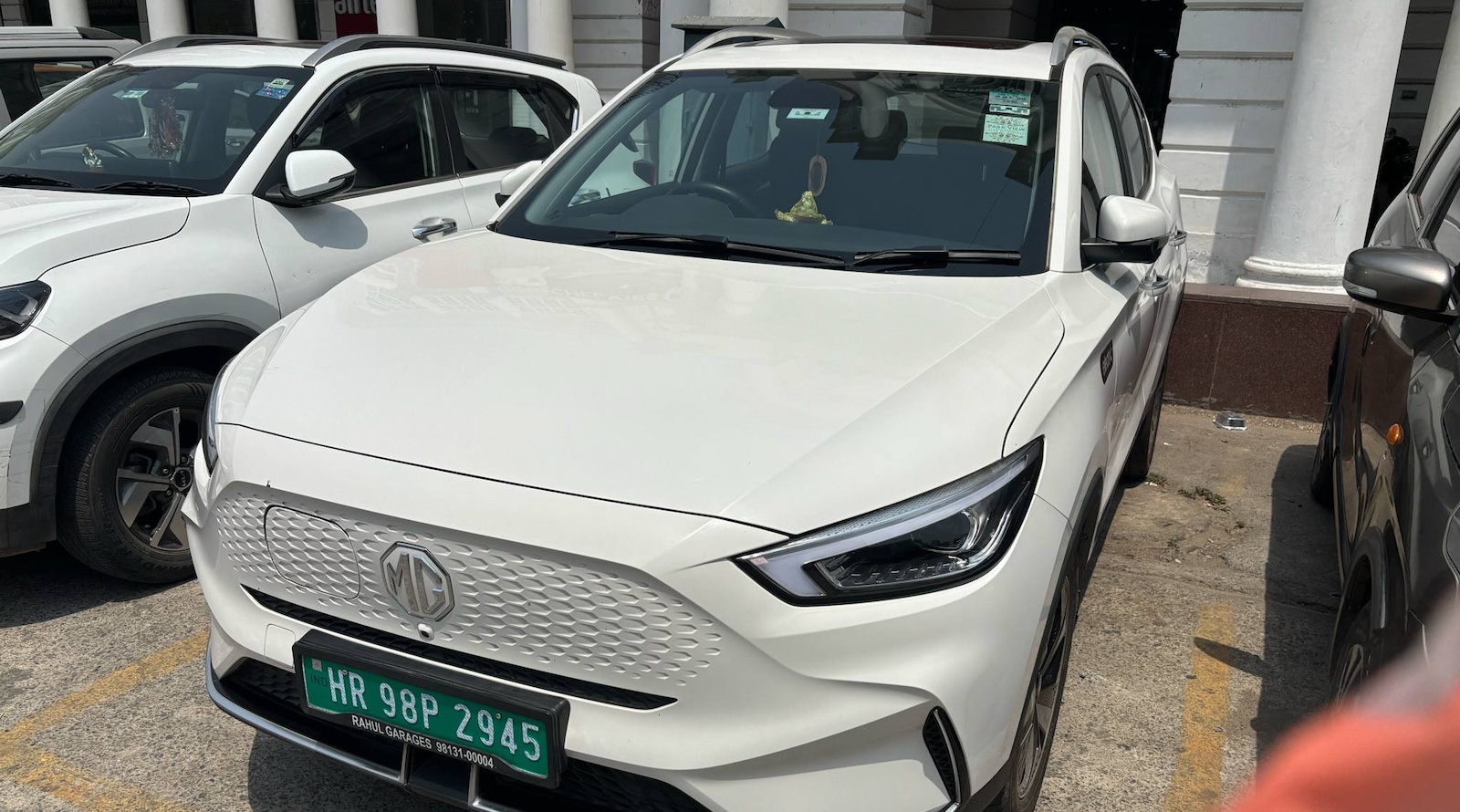Sign up for CleanTechnica’s Weekly Substack for Zach and Scott’s in-depth analyses and high level summaries, sign up for our daily newsletter, and/or follow us on Google News!
Last Updated on: 22nd April 2025, 04:56 am
It has been a couple of years since I have written about electric vehicles in India. My interest was piqued again recently when a friend of mine returned from the sub-continent and declared “EVs are everywhere.” Of course, the vast majority have fewer than 4 wheels. I wonder if our preoccupation with cars in the West has blinded us to the rEVolution which is occurring in many countries with the transition from petrol two- and three-wheelers to battery-powered alternatives.

My friend Phil tells me that during his time in India he saw “heaps of electric buses in New Delhi.… They have 8000 in service and expect another 3000 by the end of the year.” These are built by Tata Motors Limited — an Indian multinational automotive company. As well as buses, Tata produces cars, trucks, and vans. Tata owns Jaguar Land Rover and Tata Daewoo in South Korea. It has a joint venture with Stellantis, making vehicle parts for Fiat-Chrysler.

Phil makes the observation that he was seeing cars from every EV maker, but Tesla. Hopefully that will change soon, as it appears Tesla has the go ahead to at last enter India and test the market. Local reports indicate that Tesla is planning to open two stores (in Mumbai and New Delhi), is advertising for staff, and may possibly be partnering with Tata for the local production of some components. Confirmed sightings of refreshed Model Ys have heightened anticipation. The rumour is that the Model Y from Giga Berlin will sell for around US$25,000
Indian electric vehicles have green number pates, making them easier to spot, and Phil thinks there are as many on Indian roads as he is used to seeing back home in Australia. According to data published by the Indian Economic Times, electric car sales rose 20% in 2024, jumping from 82,688 sold in 2023 to approximately 100,000 in 2024 — same as the number of EV units sold in Australia. The Indian market is facing the same headwinds — consumer concerns about charging infrastructure, battery life, and resale value. A little historical perspective: Indian mass market BEV volume has grown from 1,230 in 2018, to 2,019 in 2019, to 4,774 in 2020, to 14,690 in 2021, and then to 48,262 in 2022. It looks like the beginnings of the technology uptake curve!
Petrol, diesel, and hybrid vehicles still dominate the market. However, electric cars have achieved a penetration rate of 2.4% of the 4.07 million vehicles sold in India in 2024. Tata Motors and MG discounted prices in 2024 to stimulate demand. 2025 is expected to be a year of significant growth, with 26 new models coming from Maruti Suzuki, Hyundai, Mahindra & Mahindra, and others. Fast charging networks should expand with government incentives available.

In 2024, JSW MG Motor introduced a battery rental option which saw sales double for the “Windsor” SUV.
But what was really stunning was the number of electric two- and three-wheelers. Vahan dashboard data, collecting information from 35 out of 36 Indian states, reports that escooter sales have gone from over 900,000 in 2023 to over 1.2 million in 2024. Electric two-wheelers accounted for almost 60% of the two million electric vehicles sold there. Vehicle data includes 3-wheel electric vehicles, of which almost 700,000 were sold, including almost half a million tuk tuks (3-wheel electric rickshaws). This brings the penetration rate up to 7.7%. Nineteen million two-wheelers sold in the Indian market in 2024.
Ola is a standout in the Indian electric two-wheeler market, selling over 400,000 escooters, a 50% year-on-year growth to achieve 35% market share.

“In India alone, electrifying most of the nation’s millions of new tuk-tuk sales by 2030 would save 850 million tons of predicted CO2 emissions,” according to azocleantech.

Auto Pundits reports that the number of 4-wheel BEVs sold is moving nicely up the technology adoption curve, but the rate of growth is slowing. Tata has the largest market share at 62%, followed by MG at 27% and Mahindra at 7%. Mahindra only has one model, which appears to be a compliance vehicle designed to meet the CAFÉ requirements. This will change dramatically this year.
Growth appears to be driven by discounts and new models, including the Tata Punch (best selling EV in 2024), Tata Curvv EV, and MG Windsor. The market is now dominated by SUVs. The top selling cars in 2024 were the: Tata Punch (22,724), Tata Tiago (18,136), Tata Nexon (14,275), MG Comet (11,621), MG Windsor, (10,045), Mahindra XUV 400 (7881), MG ZS EV (7,213), Tata Curvve (6,512), Tata Tigor (6914), Citroen C3 (2567), Hyundai Ioniq 5 (527), and lastly the Kia EV6 (292). Let’s hope that we will see Tesla on that list by the end of 2025.
Over 26 new BEVs were showcased at the 2025 Bharat Mobility Expo in New Delhi. There were a mix of EVs based on skateboard designs or modified ICE platforms. Most were SUVs ranging in price from US$20,000. They are listed and reviewed here.
Highlights include the Suzuki e Vitara (also rebadged and sold as a Toyota), the Hyundai Ioniq 9, and two new Mahindra models. BYD is launching the Sea Lion 7, and MG the Cybster. VinFast is bringing its entire range to India, showcasing 6 models.

Not only will an increase in EV sales (of any number of wheels, buses, tuk tuks, and cars) benefit the Indian people with reduced air pollution and quieter streets (as we found in our second visit to China), but it will reduce India’s reliance on Russian oil imports and its balance of trade in general. Though, some may say, there will be a greater reliance on electricity generated by coal, that will decrease as more and more of India’s many solar installations come online.
For the populace of India, the future is getting clearer, brighter, and electric.

Whether you have solar power or not, please complete our latest solar power survey.

Have a tip for CleanTechnica? Want to advertise? Want to suggest a guest for our CleanTech Talk podcast? Contact us here.
Sign up for our daily newsletter for 15 new cleantech stories a day. Or sign up for our weekly one if daily is too frequent.
CleanTechnica uses affiliate links. See our policy here.
CleanTechnica’s Comment Policy

